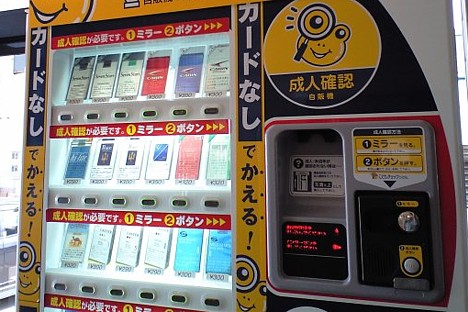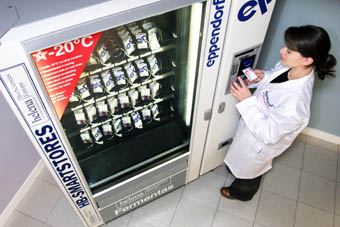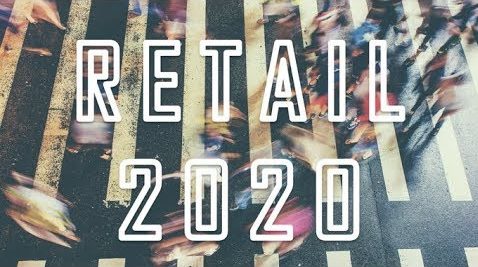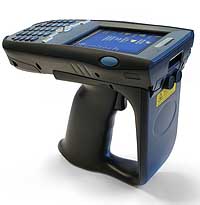A QR Code is a matrix code (or two-dimensional bar code) created by Japanese corporation Denso-Wave in 1994. The “QR” is derived from “Quick Response”, as the creator intended the code to allow its contents to be decoded at high speed.
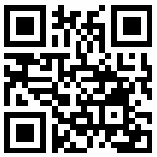
QR Code smartstores.com
QR Codes are common in Japan, where they are currently the most popular type of two dimensional codes. Moreover, most current Japanese mobile phones can read this code with their camera.
Although initially used for tracking parts in vehicle manufacturing, QR Codes are now used in a much broader context, including both commercial tracking applications and convenience-oriented applications aimed at mobile phone users (known as mobile tagging).
QR Codes storing addresses and URLs may appear in magazines, on signs, buses, business cards or just about any object that users might need information about including items in stores. Users with a camera phone equipped with the correct reader software can scan the image of the QR Code causing the phone’s browser to launch and redirect to the programmed URL. This act of linking from physical world objects is known as a hardlink or physical world hyperlinks. Google’s cellphone OS Android heavily uses QR codes.
Users can also generate and print their own QR Code for others to scan and use by visiting one of several free QR Code generating sites. QR codes and RFID, are leading technology to enable the “Internet of Things” which some believe will be a huge growth phase for the Internet. The “Internet of Things” is a vision where physical world objects link to cyberspace and cyberspace to the physical world.

